Kasimir Sevrinovitch Malevich Paintings
Kazimir Severinovich Malevich was born on February 23, 1879, in Kiev, which was part of the Russian Empire at the time and is now in Ukraine. He grew up in a family with Polish heritage. His early life was marked by a move to various villages in Ukraine, which exposed him to a range of traditional and folkloric artistic expressions. This diversity of influences would later play a significant role in the development of his artistic vision. Malevich pursued his art education at the Moscow School of Painting, Sculpture and Architecture, where he was exposed to a variety of contemporary movements and theories, setting the stage for his experimental approach to art.
Malevich's career is distinguished by his creation and development of Suprematism, an art movement focused on basic geometric forms and the use of a limited color palette, seeking to express pure feeling. He unveiled this revolutionary approach in 1915 with his painting 'Black Square,' which represented a radical break from all traditional forms of art, suggesting that the most profound experiences of humanity could be conveyed through the simplest of forms. His work and ideas were groundbreaking, challenging the foundations of art at the time and laying the groundwork for much of modern abstract art.
Throughout the 1920s, Malevich's influence grew, and he was actively involved in teaching and expanding his theories on Suprematism. However, with the rise of Stalin and the imposition of Socialist Realism as the official state art style, Malevich's work and philosophy fell out of favor. He was subjected to official criticism and faced significant personal and professional challenges during this period. Despite this, he continued to work, adapt, and influence students until his death on May 15, 1935, in Leningrad, Soviet Union.
Malevich's legacy is profound. His exploration of the 'supremacy' of artistic feeling over the representation of objects has influenced countless artists and movements, from abstract expressionism to minimalism. His works are held in high esteem and are featured in major museums around the world, reflecting his enduring influence on the trajectory of modern art.



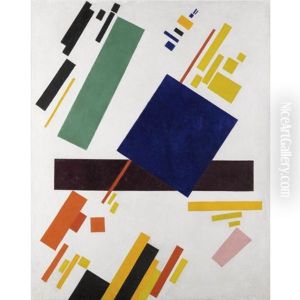




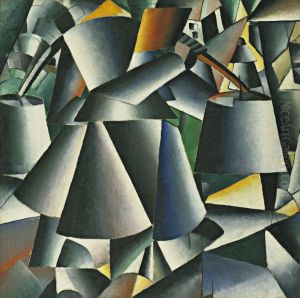

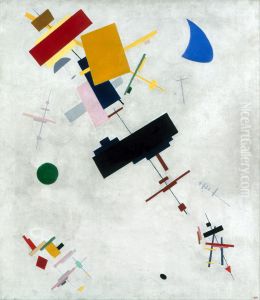

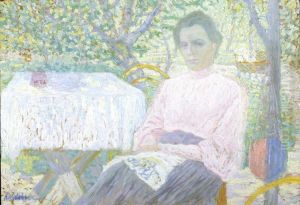




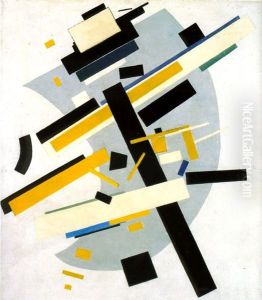


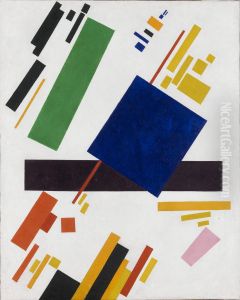










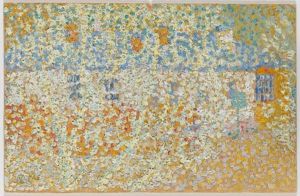

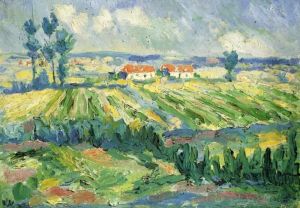








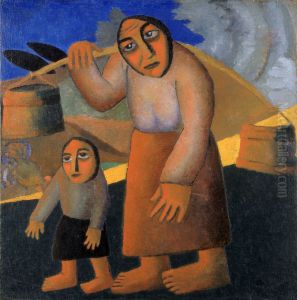



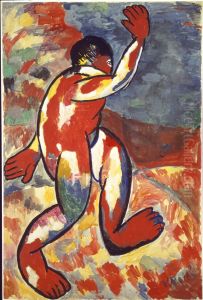



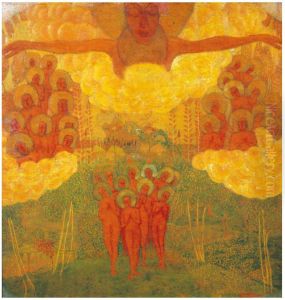










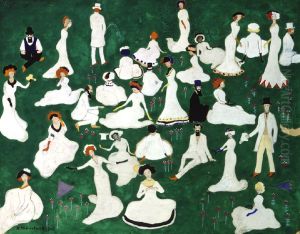


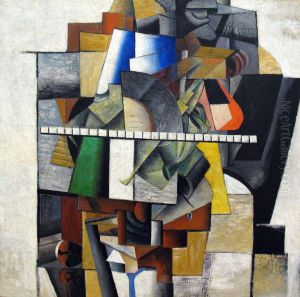
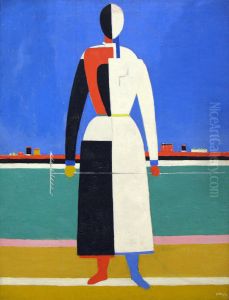

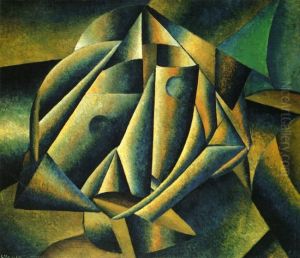
![[1]](https://www.niceartgallery.com/imgs/4636262/s/kasimir-sevrinovitch-malevich-1-4175a315.jpg)